In a previous post I mentioned that the most common question I am asked by people who own a DSLR is; ‘Which lens should I buy for my DSLR camera?’ This question is often accompanied by ‘What gear should I buy for my DSLR camera to help take better photos?’
There are of course millions answers to this but most people asking me are not professionals with a large budget. I think the one piece of gear that will make the biggest difference to your photos is a flash. Many of you will now be saying ‘But I already have a flash on my DSLR camera?!’ Never, ever, use the pop flash on your camera! Well, obviously you can use it if you have no other option but a bigger flash gives you nicer photographs. Most people don’t realise the difference a proper flash can make to images.
With photography, the larger the light, the better the quality of the light. That's why professional photographers use soft boxes, umbrellas etc. After all, photography is about capturing light. Often people are scared about using a flash; it’s big and has all these buttons and power setting. But you can get ones where the camera controls the flash output for you (this is called TTL or Through The Lens).
However, the main barrier to people getting a flash is the price. The top end Nikon flash is over £300 and the top end canon is over £400. Most people don't want to spend a significant chunk of what they paid for their camera on a flash.
Fortunately, there are alternatives which cost a fraction of the top end models. I’ve been using the top end Nikon flash but heard about a much cheaper alternative and was willing to spend £50ish to try one out. The company is called Yungnuo and I must admit, the flash is well made and works really well. I have the non-TTL as I usually change my flash settings manually and I use it all the time. To date, I have not had any problems with it. Here are the links for the Canon and Nikon ones.
Yongnuo 565EX ETTL Speedlite Flash for Canon
Yongnuo YN565EX TTL Flash Speedlite for Nikon
So, what’s the difference between the Yongnuo flashes and the Nikon and Canon flagship models? My Nikon flash has more features, TTL (through the lens) metering, zoom capacity, temperature warnings, sensors for different coloured gels, the Nikon wireless CLS system (allows for wireless communication with the camera). The Nikon is also slightly sturdier but I've never thought that my Yongnuo was poorly built. To be honest, I usually use my Nikon flash in manual mode anyway and control flash power myself. I'm therefore not sacrificing much when I grab the Yongnuo.
I also, usually fire my flashes either through a softbox or an umbrella. As I stated at the top of the post, the larger the light source, the better quality the light. When inside a softbox, it doesn't really matter which flash you are using. But most people reading this won't have a softbox and in this instance, just point your flash up towards the ceiling or bounce the light off a wall and you will instantly have better looking photos. It's seriously worth investing £60 in a flash.













